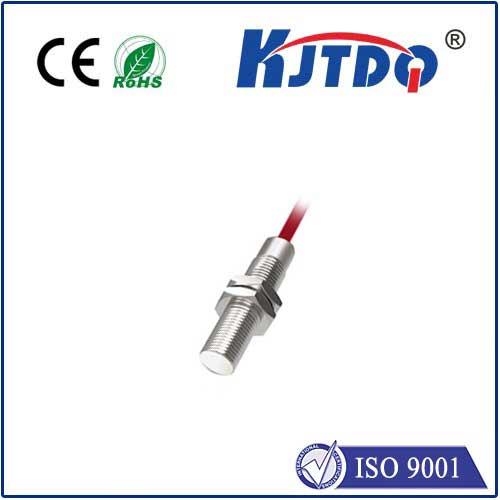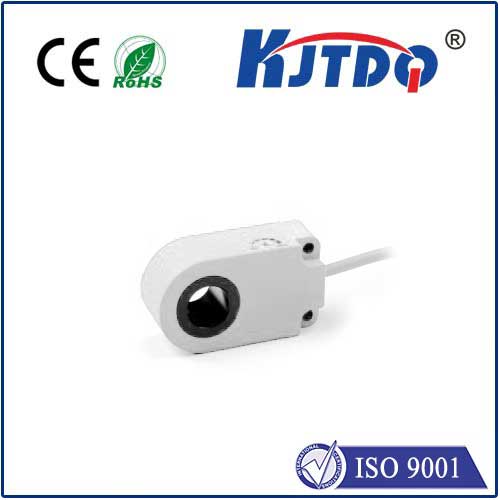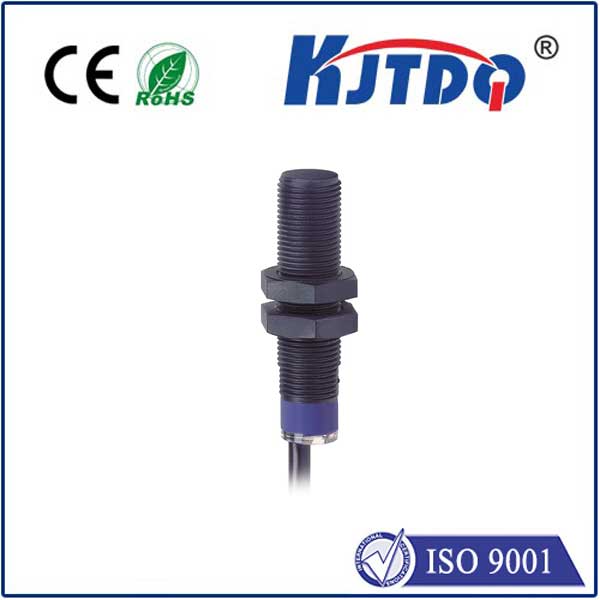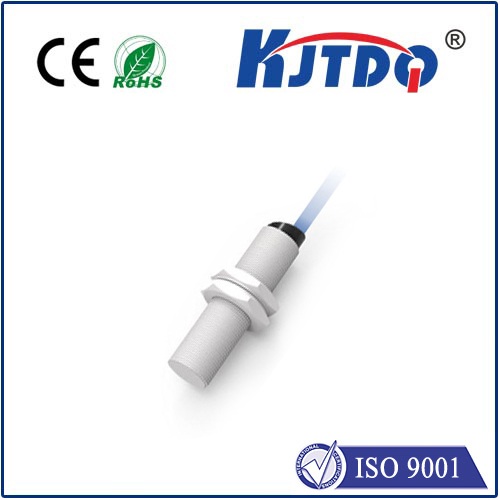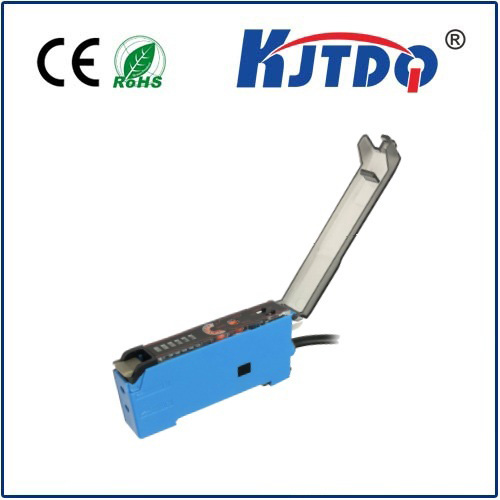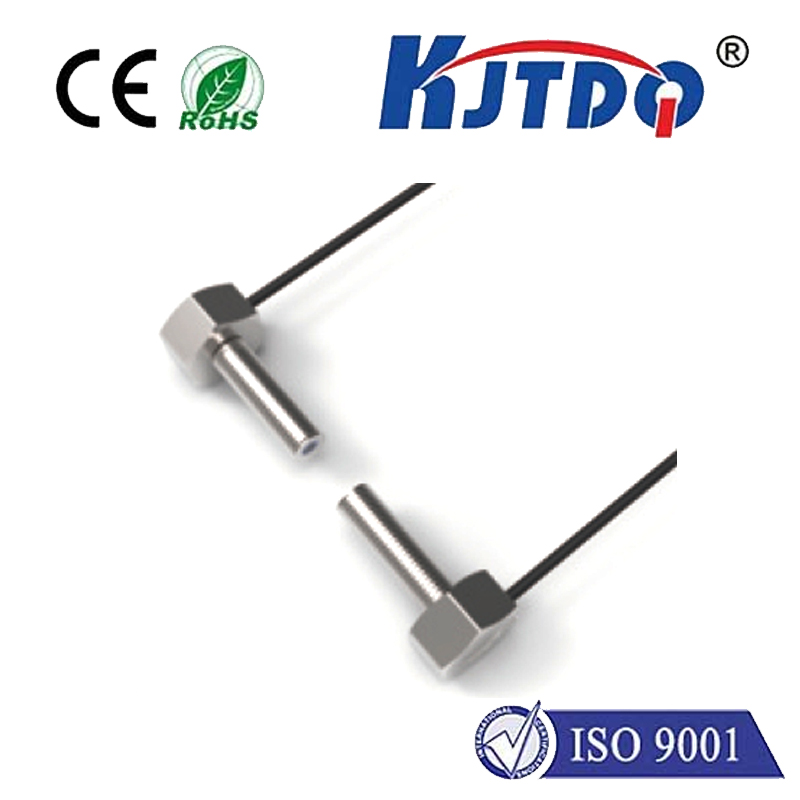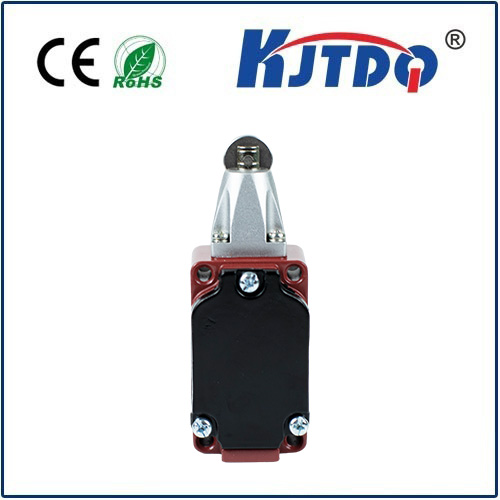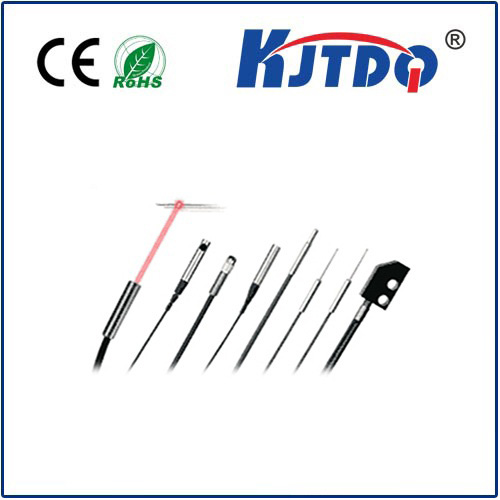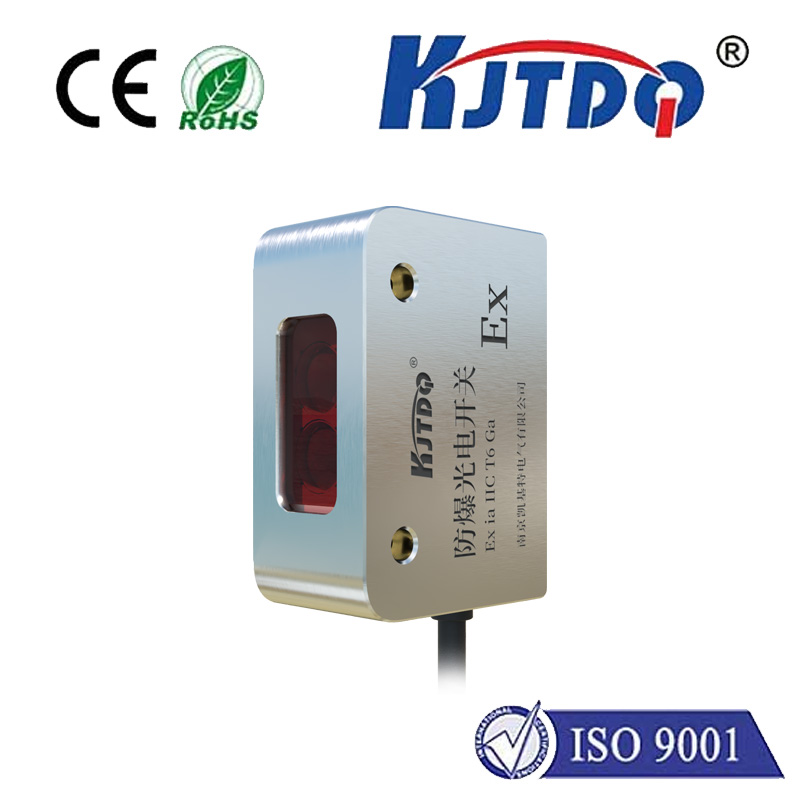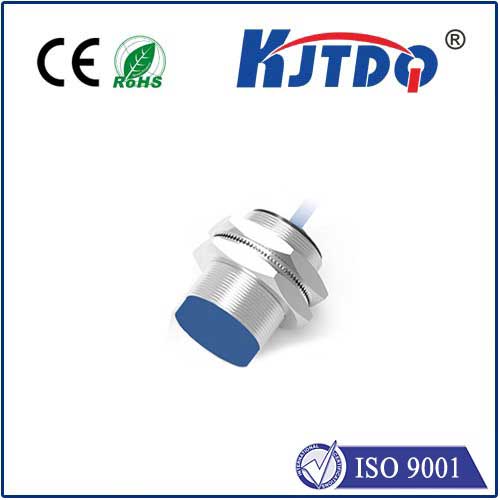proximity limit switch
- time:2025-06-14 00:48:19
- Click:0
Proximity Limit Switches: The Essential Guardians of Industrial Efficiency and Safety
Imagine a high-speed robotic arm precisely welding car chassis or a massive press stamping metal parts with incredible force. Now, imagine what happens if that arm moves just a millimeter too far, or the press closes when a worker’s hand is still inside. The consequences could be catastrophic. This is where the proximity limit switch steps in – a silent, often unseen, but absolutely vital component acting as the unsung hero of industrial automation and safety. These sophisticated electronic sensors are fundamental in preventing collisions, ensuring accurate positioning, and protecting both machinery and personnel.
Understanding the Proximity Limit Switch: Beyond Simple Contact
Unlike traditional mechanical limit switches relying on physical levers or plungers to make or break contact, a proximity limit switch operates on a non-contact principle. It detects the presence (or absence) of a target object within its specified sensing range without needing any physical touch. This fundamental difference unlocks significant advantages:
- Superior Durability: With no moving parts to wear out from repeated physical impact, proximity switches boast an exceptionally long operational life. They can withstand millions of actuations effortlessly.
- Unparalleled Reliability: The absence of mechanical wear and tear translates directly into higher reliability and consistent performance. Contact bounce and misalignment issues inherent in mechanical switches are virtually eliminated.
- High-Speed Operation: Proximity switches can detect objects passing by at incredibly high speeds. Their response time is typically measured in microseconds, making them ideal for fast-moving machinery where mechanical switches might be too slow.
- Resilience in Harsh Environments: Designed with robust housings (often rated IP67, IP68, or IP69K), proximity switches excel in environments hostile to mechanical contacts. They resist contamination from dirt, dust, oil, coolants, moisture, and even vibration. Inductive variants specifically ignore non-metallic debris.
- Silent Operation: The non-contact nature means they operate silently, eliminating the “click” associated with mechanical switches. This can be beneficial in noise-sensitive areas.
How Do Proximity Limit Switches Work?

The core technology depends on the type of target material:
- Inductive Proximity Switches: Detect ferrous metals (like steel and iron). They contain an oscillator circuit generating a high-frequency electromagnetic field around the active sensing face. When a metal target enters this field, it induces small eddy currents within the target, causing a detectable change (damping) in the oscillator field’s amplitude. This change triggers the switch’s output circuit. They are unaffected by non-metallic materials like plastic, wood, or liquids.
- Capacitive Proximity Switches: Detect almost any material – metals, plastics, wood, paper, glass, liquids, powders, and even human tissue. They generate an electrostatic field. Any object entering this field alters the capacitance between the sensor’s electrodes, triggering the switch’s internal oscillator and output circuit. Adjustable sensitivity allows tuning out background materials.
- Magnetic Proximity Switches (Reed Switches): Detect permanent magnets. Movement of a magnet close to the switch causes internal ferromagnetic reeds to flex and make contact. Often used in cylinder position sensing.
Regardless of the type, the proximity limit switch provides a clean electrical signal (e.g., NPN, PNP, NO, NC) indicating whether the target is within its specified sensing range or not.
Critical Applications: Where Proximity Switches Shine
The reliability and versatility of proximity limit switches make them indispensable across countless industrial sectors:
- Position Sensing and End-of-Travel Detection: Perhaps their most common use. They confirm if a moving part (like a robot arm axis, linear slide, cylinder rod, or conveyor cart) has reached its programmed start or end position, preventing over-travel damage. Crucial for precise automation sequences.
- Safety Interlocking: Integrated into safety circuits to ensure machine guards are closed before dangerous operations begin. They can also provide position verification for safety-critical moving parts. Their reliability is paramount here.
- Object Detection and Counting: Detecting presence/absence of parts on conveyors, pallets at loading stations, or bottles on a filling line. Capacitive types excel at detecting non-metallic items.
- Speed Monitoring: Used on rotating shafts (detecting gear teeth or bolt heads) to monitor RPM or detect overspeed/underspeed conditions.
- Level Detection: Capacitive proximity switches monitor levels of liquids, granular materials, or powders in tanks or silos.
- Direction Verification: Paired switches can determine the direction of linear or rotary movement.
Key Considerations When Selecting a Proximity Switch
Choosing the right proximity limit switch involves several factors:
- Target Material: Is it metal (inductive)? Non-metal (capacitive)? Or a magnet (magnetic)? This dictates the fundamental technology required.
- Sensing Distance (Sn): The rated operating distance under specific conditions. Factor in any required safety margins or installation tolerances.
- Output Type: NPN sinking, PNP sourcing? Normally Open (NO) or Normally Closed (NC)? Must match the input requirements of your controller (PLC, CNC, etc.).
- Housing Material & Size: Stainless steel for corrosive environments? Compact designs for tight spaces? Barrel (cylindrical) or block shapes?
- Electrical Specifications: Operating voltage range (e.g., 10-30V DC) and current rating.
- Environmental Rating: IP rating for protection against dust and liquids is critical for longevity. Temperature range tolerance.
- Mounting Requirements: Flush or non-flush mounting? Embeddable? Threaded barrel?
The Indispensable Sentinel
Proximity limit switches are far more than simple on/off devices. They are sophisticated, reliable sensors that form the backbone of modern industrial safety systems and precision automation. By providing non-contact, high-speed, and robust object detection, they protect expensive machinery from damage, ensure production processes run smoothly and accurately, and, most importantly, safeguard human operators. From the precision of semiconductor manufacturing to the ruggedness of heavy machinery, the proximity limit switch remains an essential, often overlooked, yet critical guardian of industrial efficiency and safety. Choosing the right type and implementing it correctly directly translates to enhanced uptime, reduced maintenance costs, and a safer working environment.












